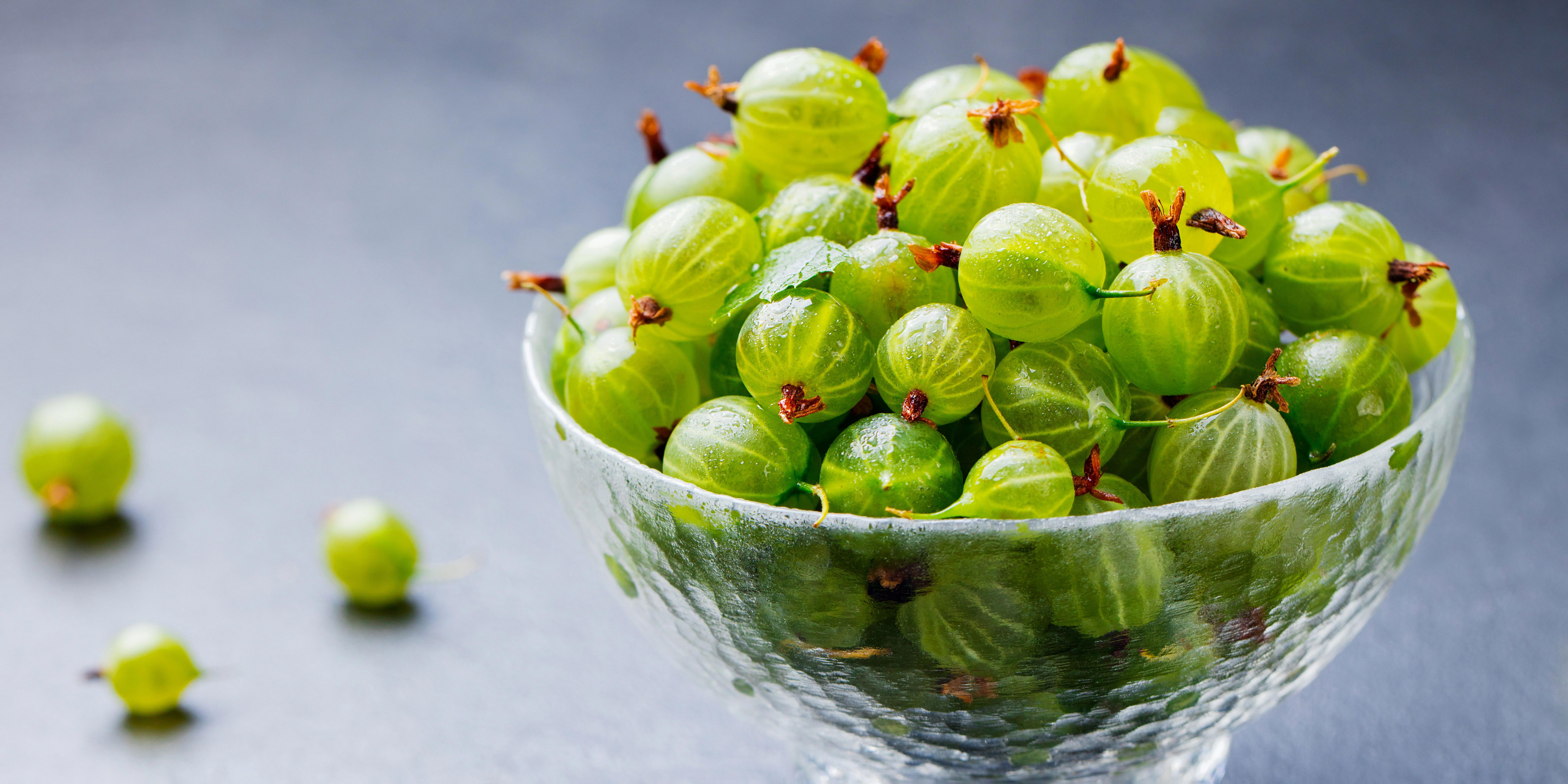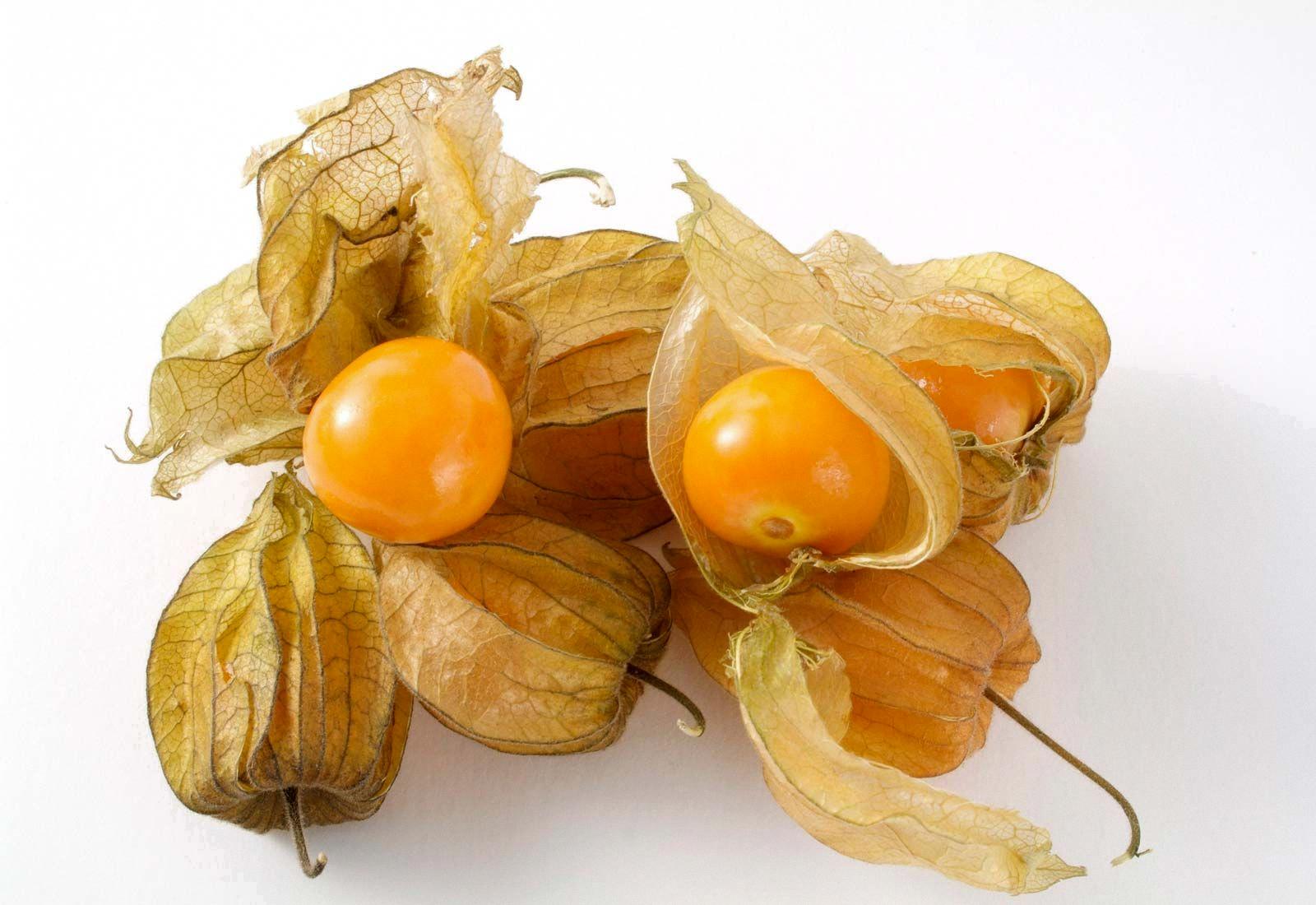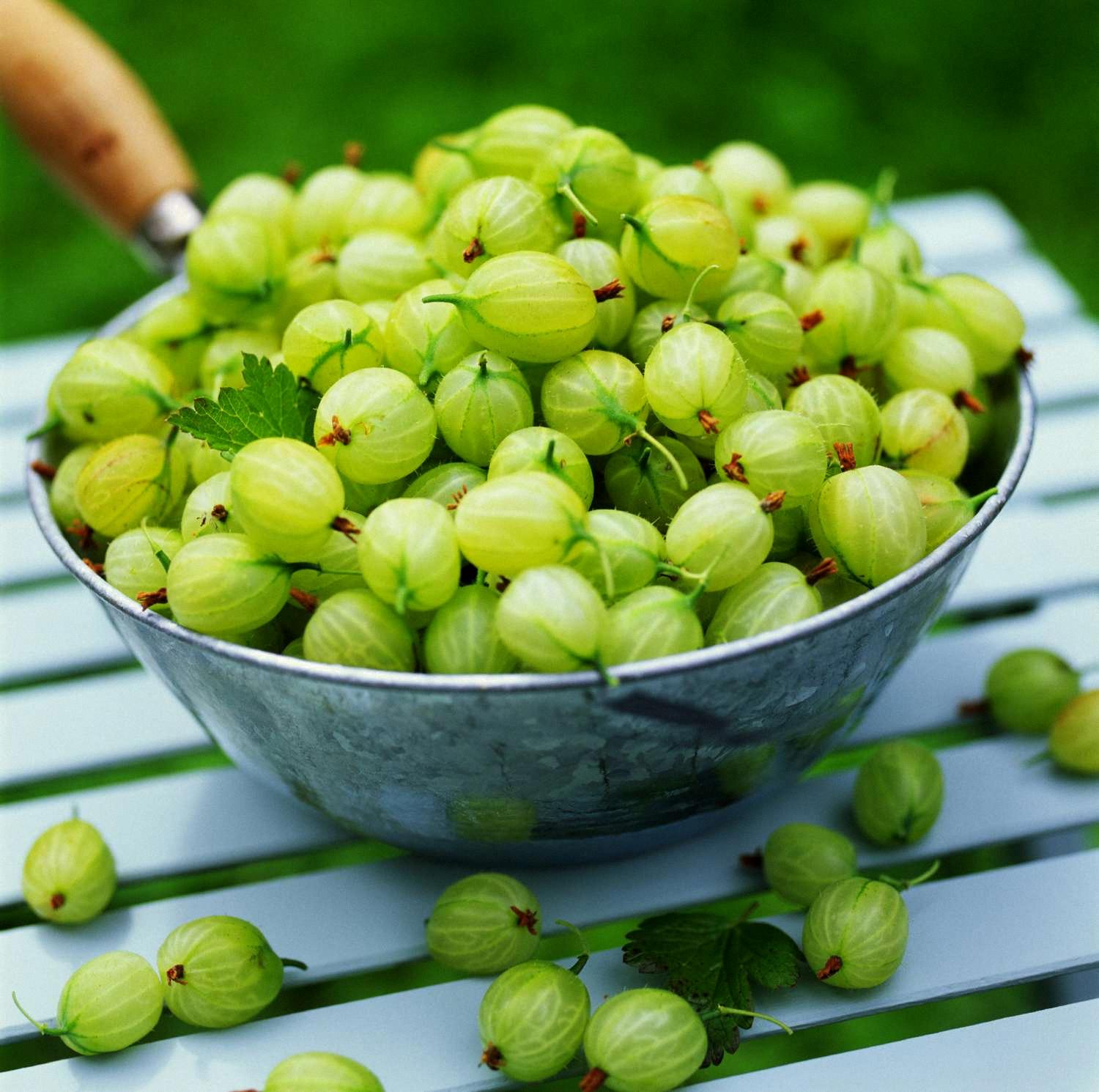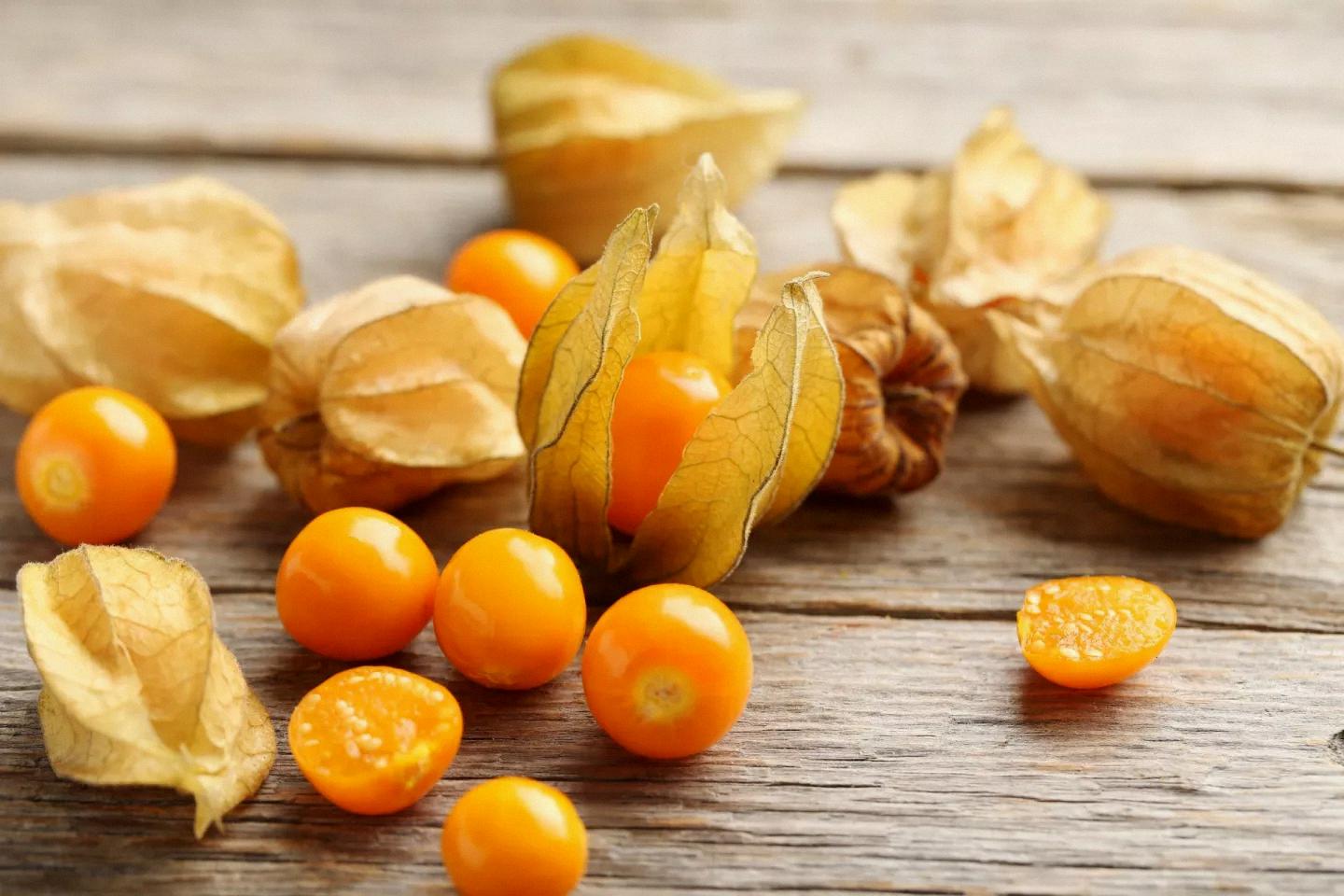Gooseberries are a delicious and nutritious fruit that has been enjoyed by people for centuries. However, did you know that at one point in time, they were illegal to grow in the United States? This ban was not due to any harmful effects of the fruit itself, but rather because of a disease it could spread to trees.
White pine blister rust is a disease that affects white pine trees and can lead to thir death. The disease is caused by a fungus that is carried by an intermediary host, which happens to be the Ribes plant family. This family includes gooseberries, currants, and other similar plants. When the fungus infects a Ribes plant, it can spread to nearby white pine trees and cause significant damage.
In 1911, the federal government banned the growth of all Ribes plants, including gooseberries and currants, to control the spread of white pine blister rust. This ban remained in place for many years, and even today, some states still have restrictions on the growth and sale of Ribes plants.
Currently, residents of New Hampshire, North Carolina, and West Virginia are out of luck as those states enforce a statewide ban on all Ribes species. Delaware, Massachusetts, New Jersey, and Rhode Island enforce a permit system for growing these plants.
Fortunately, in most states, gooseberries are now welcome with open arms. They are a popular fruit for eating fresh, making jam or jelly, or even adding to savory dishes like stews or chutneys. They are also a good source of vitamins C and K, as well as fiber and antioxidants.
While gooseberries were once illegal to grow in the United States, the ban was put in place to protect white pine trees from a devastating disease. Today, most states have lifted the restrictions, and gooseberries are once again a beloved fruit for many people.
Are Gooseberries Legal in the US?
The short answer is no, gooseberries are not illegal in the United States. However, there have been restrictions on gooseberries in the past, and some states still have regulations in place.
In 1911, the United States Department of Agriculture (USDA) banned the cultivation of gooseberries and currants in an attempt to control the spread of white pine blister rust, a fungal disease that can cause significant damage to pine trees. The ban was lifted in 1966, and the regulation of gooseberries was left up to individual states.
Today, most states allow the cultivation and sale of gooseberries, but some states still have restrictions in place. For example, Maine requires a permit for the cultivation and sale of gooseberries, and the state prohibits the importation of gooseberry plants from other states.
It’s important to note that regulations surrounding gooseberries may vary by state, so it’s always a good idea to check with your local agricultural department before planting or selling gooseberries. Additionally, if you plan to transport gooseberries aross state lines, it’s important to familiarize yourself with the regulations in both the state of origin and the destination state.
Gooseberries are not illegal in the US, but regulations regarding their cultivation and sale vary by state.

Source: bbcgoodfood.com
Illegal Growing of Gooseberry in Certain States
In some states in the United States, it is illegal to grow gooseberries due to their association with a tree-killing disease called “white pine blister rust.” This disease affects white pine trees, which are a vital part of the lumber industry in states like Maine. Gooseberries were found to be a significant contributor to the spread of this disease, leading to their prohibition in some states.
White pine blister rust is caused by a fungus that attacks the needles of white pine trees, causing them to yellow and fall off. As the disease progresses, it can cause cankers to form on the tree’s bark, which can ultimately kill the tree. This disease is highly contagious and can spread quickly from infected trees to healthy ones, making it a significant threat to the lumber industry.
Gooseberries, which are a type of small fruit, were found to be a host for the fungus that causes white pine blister rust. When infected gooseberry plants come into contact with white pine trees, they can pass on the disease, leading to the destruction of these valuable trees.
To prevent the spread of white pine blister rust and protect the lumber industry, some states have laws that prohibit the cultivation of gooseberries. While these laws may be controversial among gardeners and fruit growers, they are designed to protect the environment and the economy of affected states.
If you live in a state where gooseberries are illegal, it is essential to follow these laws and not grow these plants. Doing so could lead to fines or other penalties, and could also contribute to the spread of white pine blister rust, which could have devastating consequences for the environment and local economies.
Illegal Gooseberry Cultivation in the United States
If you’re interested in growing Ribes plants, such as gooseberries, it’s important to know that the legality of doing so varies by state in the United States. Unfortunately, there are a few states where it’s completely illegal to grow any Ribes species. These states include New Hampshire, North Carolina, and West Virginia.
In other states, there are permit systems in place that allow residents to grow Ribes plants with the proper documentation. States that enforce permit systems include Delaware, Massachusetts, New Jersey, and Rhode Island.
It’s worth noting that the ban on Ribes plants in cetain states is due to their potential to serve as an intermediate host for a fungus-like pathogen called white pine blister rust. This pathogen can be devastating to white pine trees, which are an important part of many forest ecosystems.
If you live in a state where Ribes plants are illegal, it’s important to respect the law and avoid growing these plants. However, if you live in a state with a permit system, you may be able to grow Ribes plants with the proper documentation and precautions to minimize the risk of spreading white pine blister rust.
Is Growing Gooseberry Bushes Illegal?
It is illegal to grow gooseberry bushes in the United States. This is becuse gooseberries, along with other plants in the Ribes genus, serve as an intermediary host for the white pine blister rust, a fungal disease that can severely damage white pine trees. The federal ban on growing Ribes species, including currants and gooseberries, was put in place in 1911 in an effort to control the spread of the disease and protect the white pine forests. Violating this ban can result in fines and even criminal charges. However, some states have since lifted the ban or have allowed certain varieties of Ribes to be grown if they are resistant to the disease. It’s important to check your state’s regulations before planting any Ribes plants.
Can Humans Consume Gooseberries?
Humans can eat gooseberries. In fact, gooseberries are a popular fruit in many parts of the world and can be consumed in a variety of ways. While some varieties of gooseberries can be quite tart and are best used for cooking, others are sweeter and can be eaten raw.
When raw, gooseberries can be quite firm and have a slightly sour taste. They can be eaten on their own or used in a variety of recipes, such as jams, jellies, and desserts. Gooseberries can also be cooked, either on their own or as part of a larger dish. For example, they are often used in pies or crumbles and can be added to sauces or chutneys.
One thing to note is that some people may be allergic to gooseberries, so it is important to be aware of any potential allergies befoe consuming them. Additionally, gooseberries contain small amounts of oxalic acid, which can be harmful in large quantities. However, the amounts present in gooseberries are generally considered safe for consumption.
Humans can eat gooseberries and they can be consumed raw or cooked in a variety of ways. While some people may be allergic to them, they are generally safe to eat in moderation.

Source: britannica.com
Can Humans Eat Gooseberry?
Humans can eat gooseberries. Gooseberries are a type of fruit that are high in vitamin C and fiber, making them a healthy addition to any diet. They have a tangy and slightly tart flavor that can be enjoyed fresh or cooked in a variety of dishes.
Fresh gooseberries are best enjoyed when they are ripe and plump. They can be eaten on their own as a snack or added to other dishes for a burst of flavor. Some popular ways to enjoy gooseberries include:
– Adding them to cereal or yogurt for breakfast
– Incorporating them into salads for a tangy twist
– Baking them into pies, tarts, or cakes
– Making jams or jellies with them
While cooked gooseberries can still be tasty, they may not have the same nutritional benefits as fresh ones. Some of the nutrients in the fruit can be destroyed when exposed to heat or cooking methods.
It is important to note that some people may be allergic to gooseberries or have a sensitivity to them. If you are unsure if gooseberries are safe for you to eat, it is best to consult with a healthcare professional befoe consuming them.
The Fruit That Is Illegal to Grow in the US
The fruit that is illegal to grow in the US is the Ackee fruit. Although it is the national fruit of Jamaica, it is prohibited in the States due to its potential toxicity. Ackee fruit contains high levels of hypoglycin A and B, which can cause seious health issues if not prepared properly. Ingesting unripe or improperly boiled Ackee fruit can lead to severe vomiting, hypoglycemia, and even coma or death. Therefore, it is important to ensure that Ackee fruit is thoroughly cooked and prepared before consumption. It is noteworthy that canned Ackee fruit is available in the US as it undergoes a specific process that eliminates the toxins. However, growing and selling fresh Ackee fruit is strictly prohibited in the US.
The Mystery of Babies Found Under Gooseberry Bushes
There is a common saying that goes ”Born uder a gooseberry bush” which might suggest that babies are found under this type of bush. However, this is simply a phrase that has been used for many years in different contexts. It doesn’t actually refer to babies being found under gooseberry bushes.
The origins of this phrase are somewhat unclear, but it is believed to have originated in 19th-century slang. At that time, ”Gooseberry bush” was a euphemism for pubic hair. The phrase was likely used to refer to a person’s birthplace or origin, but it was also used as a euphemism for illegitimate birth or a person of low social status.
In French, the word for gooseberry is ”groseille à maquereau” which translates to ”mackerel currant”. This name likely comes from the fact that the fruit is often used in cooking fish dishes, particularly with mackerel.
Babies are not actually found under gooseberry bushes. The phrase ”Born under a gooseberry bush” is simply a saying that has been used for many years in different contexts. Its origins are linked to 19th-century slang and the use of ”gooseberry bush” as a euphemism for pubic hair.
Is Eating Native Gooseberry Poisonous?
The native gooseberry, also known as Ribes hirtellum, is not poisonous. In fact, it is a safe and edible fruit that is commonly used in various culinary dishes. However, it is important to note that there are oter varieties of gooseberries, such as the European gooseberry (Ribes uva-crispa), that may have toxic levels of alkaloids and should not be consumed in large quantities.
It is always recommended to properly identify the specific type of gooseberry before consuming it. Native gooseberries have a tart and slightly sweet flavor, making them a popular ingredient in jams, jellies, and other desserts. They are also a good source of vitamin C and antioxidants.
The native gooseberry is not poisonous and can be safely eaten. However, caution should be exercised when consuming other varieties of gooseberries as they may contain toxic levels of alkaloids. It is always best to consult a professional or expert in identifying and consuming different types of fruits and berries.

Source: thespruceeats.com
Illegal Plants to Grow in the US
When it comes to growing plants in the United States, thre are certain species that are illegal to cultivate due to various reasons. In this article, we will discuss some of the plants that are prohibited to grow in the US.
1. Lophophora williamsii (Peyote) – Peyote is a small cactus that contains psychoactive compounds like mescaline, which is a Schedule I controlled substance. It is illegal to cultivate, possess, or consume peyote in the US, except for certain Native American tribes who are allowed to use it for religious purposes.
2. Pseudacorus (Yellow Iris) – Yellow iris is an invasive species that can cause harm to the environment and its wildlife. It is illegal to grow or transport yellow iris in most states in the US.
3. Pueraria montana (Kudzu) – Kudzu is a fast-growing vine that can take over and damage natural habitats. It is illegal to cultivate or transport kudzu in some states in the US.
4. Saccharum spontaneum (Wild Sugarcane) – Wild sugarcane is an invasive species that can harm native plants and wildlife. It is illegal to grow or transport wild sugarcane in some states in the US.
5. Papaver somniferum (Opium Poppy) – Opium poppy is a plant that produces opium, which is a Schedule II controlled substance. It is illegal to cultivate opium poppies in the US, except for certain licensed facilities that use it for medicinal purposes.
There are various plants that are illegal to grow in the US due to their psychoactive properties, invasive nature, or potential harm to the environment. It is important to be aware of these regulations to avoid any legal consequences.
Are Gooseberries and Golden Berries the Same?
Gooseberries and goldenberries are not the same fruit or plant. While they share similarities in appearance and both have the word “berry” in their names, they are atually quite different.
Gooseberries are a type of fruit that can come in different colors, such as green, red, or purple. They grow on thorny bushes and have a slightly tart taste. Gooseberries are often used in jams, jellies, and pies.
On the other hand, goldenberries, also known as cape gooseberries, are more closely related to tomatillos. They have a papery outer husk and a yellow-orange fruit inside. Goldenberries have a tart flavor and are often used in salads, salsas, and desserts.
To summarize the differences between gooseberries and goldenberries:
Gooseberries:
– Come in different colors
– Grow on thorny bushes
– Have a slightly tart taste
– Often used in jams, jellies, and pies
Goldenberries:
– Have a papery outer husk
– Have a yellow-orange fruit inside
– Have a tart flavor
– Often used in salads, salsas, and desserts
It’s important to note that while gooseberries and goldenberries are not the same fruit, they are both nutritious and can be enjoyed in a variety of dishes.
Growing Gooseberries in the UK
Gooseberries can be grown in the UK. In fact, gooseberries are well-suited to the cooler climate of the UK, making them an easy fruit to grow. They are typically grown as bushes and can be planted in the autumn or winter, as long as the ground is not frozen.
Gooseberries prefer well-drained soil that is rich in organic matter, so it’s a good idea to add compost or well-rotted manure to the planting hole. They also prefer a sunny or partially shaded location.
Pruning is important for gooseberries, as it helps to keep the bushes compact and productive. The best time to prune is in the winter, when the bushes are dormant. It’s important to remove any dead, diseased or crossing branches, as well as any branches that are growing inwards towards the centre of the bush.
Gooseberries are ready to harvest in the summer, usually in June or July, depending on the variety. They are ripe when they are slightly soft to the touch and have a sweet aroma. Gooseberries can be eaten fresh or used in a range of recipes, including pies, jams and sauces.
Gooseberries are a great fruit to grow in the UK, and with a lttle care and attention, you can enjoy a bountiful harvest each year.
Illegal Growing of Currants
Currants are nutrient-rich berries that were banned in 1911 in the United States. The reason behind the ban was the belief that they could produce a fungus that could damage pine trees. This fungus was a significant concern for the timber industry, and it was feared that it could cause significant economic damage.
Over time, new disease-resistant varieties of currants were developed, and new ways to prevent the fungus from damaging timber were discovered. As a result, some states began to lift the ban in 2003, and it is now legal to grow currants in most states.
It is essential to note that the ban was not due to any health concerns associated with the consumption of currants. Instead, it was a step takn to protect the timber industry. Currants are a rich source of vitamins, minerals, and antioxidants and have many health benefits. They are also delicious and can be enjoyed in various forms, including jams, jellies, and baked goods.
The ban on growing currants was put in place to protect the timber industry from the fungus that could damage pine trees. However, with the development of disease-resistant varieties and new prevention methods, many states have lifted the ban, and currants are now legal to grow in most places.

Source: finedininglovers.com
Are Gooseberries a Valuable Addition to the Garden?
Gooseberries are indeed worth growing due to teir excellent flavour and versatility in culinary applications. There are two main types of gooseberries: dessert and culinary. Dessert varieties are sweet and flavourful and are typically served with cream and sugar, or used fresh in many dessert and gateaux recipes. Culinary varieties, on the other hand, are great for cooking and can be used to create delicious cooked desserts, jams, and preserves. Additionally, they are an excellent accompaniment for duck dishes.
Here are some reasons why gooseberries are worth growing:
1. Great Taste: Gooseberries are known for their unique tangy and sweet flavour, which makes them an excellent addition to many dishes.
2. Nutritional Value: Gooseberries are rich in vitamins and minerals, including vitamin C, potassium, and fibre, making them a healthy food option.
3. Versatility: Gooseberries can be used in a wide range of culinary applications, from sweet to savoury dishes.
4. Easy to Grow: Gooseberries are relatively easy to grow and maintain, making them an excellent choice for home gardeners.
5. Long Harvest Season: Gooseberries have a long harvesting season, typically from late spring to early summer, which means you can enjoy fresh gooseberries for an extended period.
If you enjoy the unique flavour of gooseberries and appreciate their versatility in culinary applications, they are definitely worth growing. Additionally, their nutritional value and ease of cultivation make them an excellent option for home gardeners looking to expand their gardening repertoire.
Conclusion
After decades of being banned in the United States, gooseberries are now legal in most states. However, some states still enforce restrictions on growing them due to their association with white pine blister rust, a disease that devastated white pine trees and impacted local economies. While New Hampshire, North Carolina, and West Virginia have statewide bans on all Ribes species, Delaware, Massachusetts, New Jersey, and Rhode Island enforce a permit system.
It’s interesting to note that the ban on gooseberries was a federal decision made in 1911, and it wasn’t untl 1966 that states were given the authority to regulate them. This shows the importance of taking measures to protect local ecosystems and economies from the harmful effects of invasive species and diseases.
Despite the past restrictions, gooseberries have made a comeback in recent years, thanks in part to their delicious flavor and nutritional benefits. They are an excellent source of vitamin C, fiber, and antioxidants, making them a popular choice for jams, pies, and other desserts.
While gooseberries were once forbidden fruit in the United States, they are now legal in most states. However, it’s important to be aware of the potential risks they pose to local ecosystems and take appropriate measures to prevent the spread of white pine blister rust and other diseases. By doing so, we can continue to enjoy the delicious flavor and health benefits of these unique berries for years to come.
